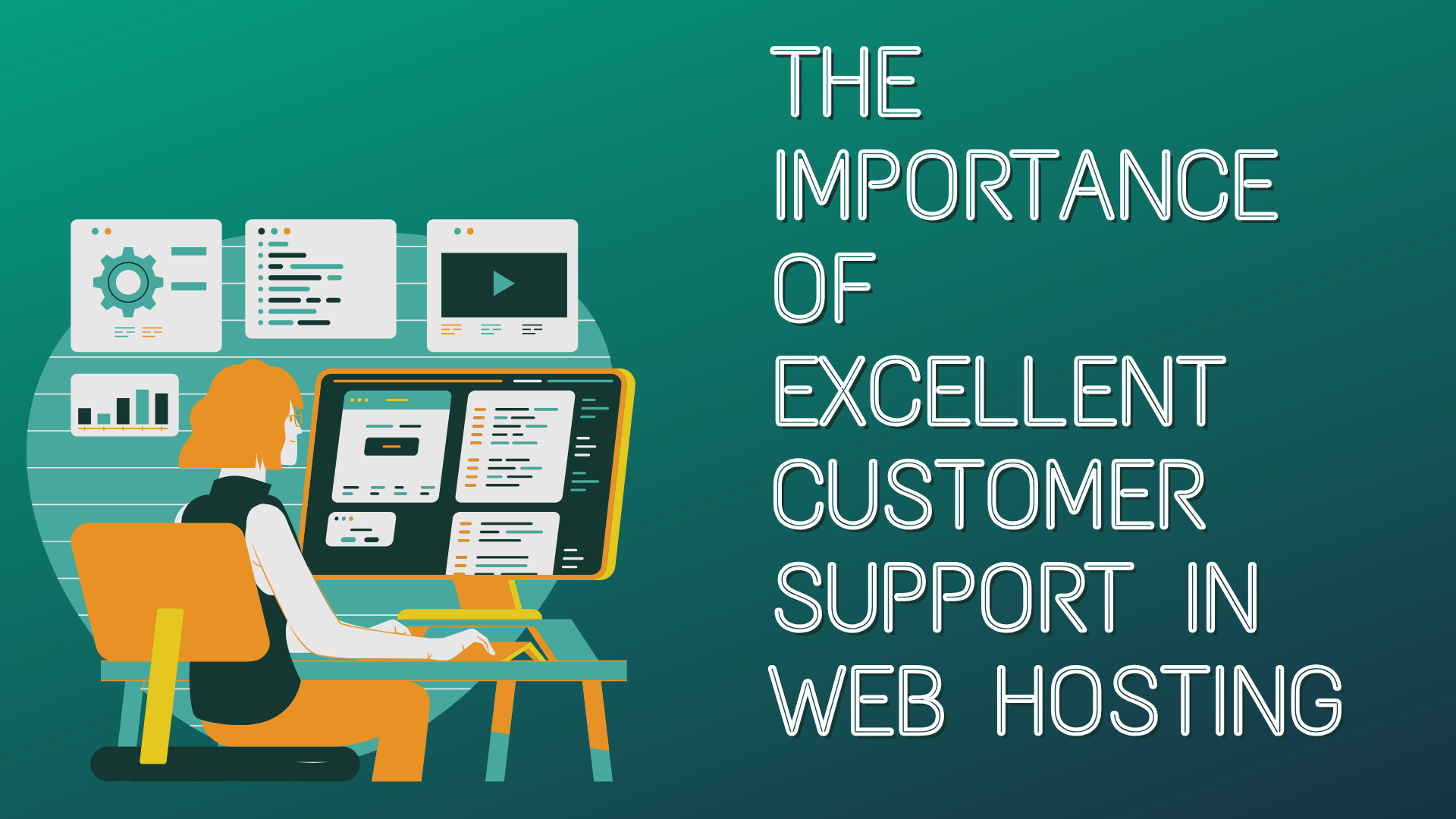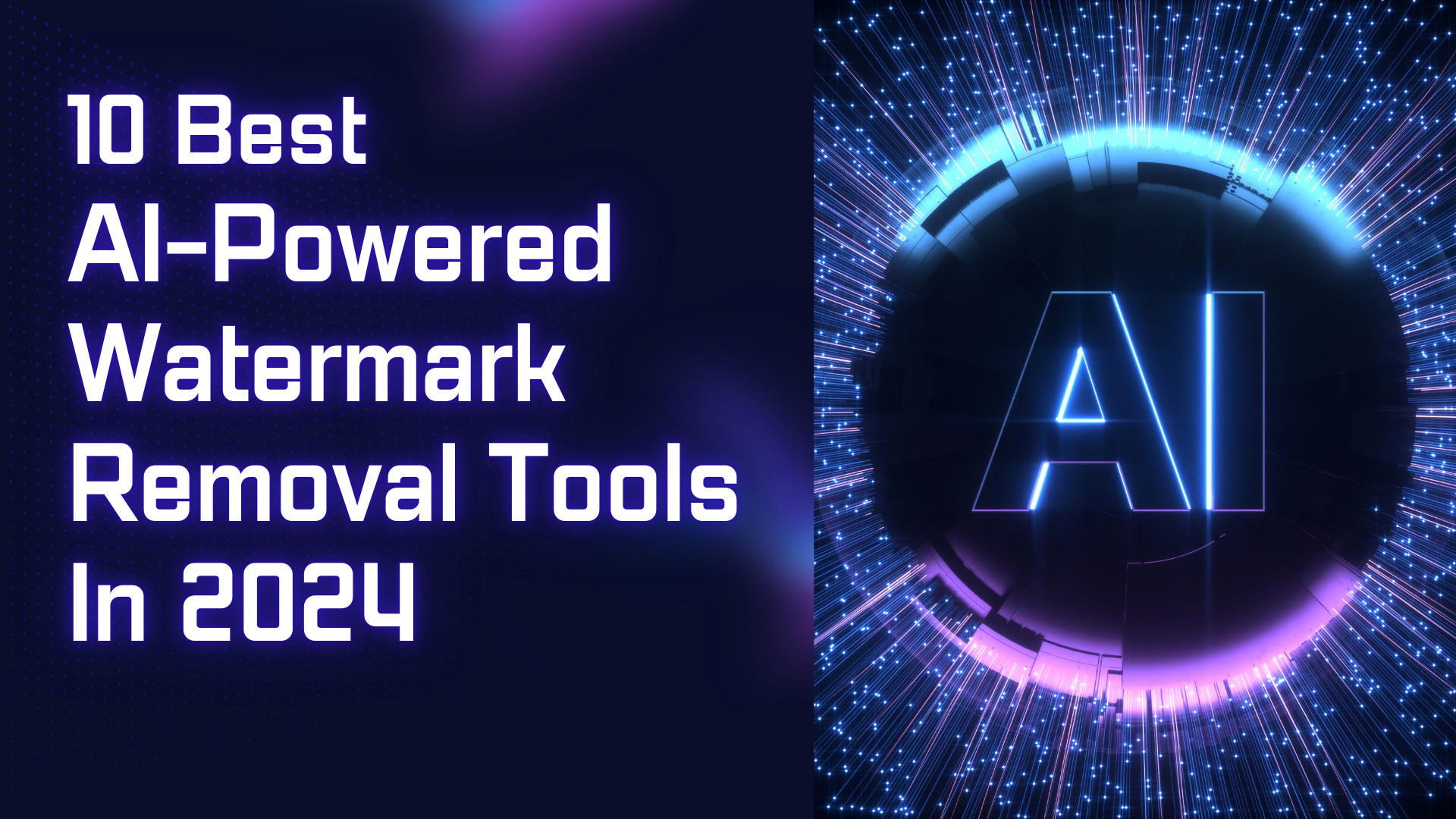Data is a highly valuable asset for any business, however, picking up the perfect storage option could be overwhelming. There are 3 main storage options available: object storage, block storage, and file storage and every one of these types provides distinct ways to store, organize, and present data, for meeting a variety of business needs.
Therefore, learning about these types is important, as your decision will greatly influence your capability to access and handle your business data. Those who are searching for a cost-effective and affordable solution must think of evaluating the cheapest cloud server solution available.
In this blog, we’ll unfurl the key differences between object, block, and file storage by emphasizing the data types they manage and store, and their respective storage methods. Moreover, if you’re in search of high-performing alternatives, cheap GPU cloud servers can offer a budget-friendly alternative to effectively manage resource-intensive applications.
What is Object, Block, and File Storage?
As mentioned earlier, object, block, and file storage are the three main ways of cloud data storage, thereby, businesses and individuals can access them remotely anywhere and at any time over the internet.
Here, the object storage organizes and handles all the data in an unstructured way and categorizes them into units referred to as objects. Whereas, in Block storage, data, such as files or database entries, are divided into uniform-sized blocks.
Afterward, it saves these data blocks on the physical storage in such a way that it maximizes access speed and quick retrieval. Using file storage systems servers and software applications can seamlessly access and retrieve data from shared file storage systems. Each of these cloud storage types comes with its own distinct benefits for a variety of use cases.
What Differentiates Object, Block, and File Storage?
Following are some of the most significant differences between Object, Block, and File storage systems:
* File Organization
In object storage systems, files are stored as objects which means that, in order to access them using current applications requires additional coding, API usage, and a solid understanding of naming conventions.
In the same way, block storage can function as a primary storage element in a self-managed file storage system. But having said that, the one-on-one relationship between the host and volume makes it challenging to achieve the scalability, availability, and cost-efficiency of a completely managed file storage system.
In order to support and manage the files on block storage, you might need extra funds and organization resources. Just a file-based storage solution is capable of effectively supporting the standard file-level protocols and permissions. You won’t require additional code when connecting with files set up for shared file storage.
* Managing Metadata
An object storage metadata can accommodate any quantity of data available on an object. Including attributes like name, type of content, date of creation, size, or any other customized user parameters. With the help of a scalable metadata schema, you can add extra fields that support you in locating the data.
While a block storage system keeps metadata to a minimum in order to accomplish maximum efficiency. A very fundamental metadata structure assures minimum overheads at the time of data transmission.
Block storage usually makes use of distinct identifiers for every block to simplify data search and data retrieval. Cloud storage systems make use of metadata in order to explain the data embedded in a file.
You can easily access and modify the metadata associated with the specific files. This functionality is based on your accessibility. To efficiently manage access and metadata modifications, cloud storage solutions make use of ACLs, i.e., access control lists.
* Performance
Object storage solutions emphasize quality of storage over accessibility. As developed for increased scalability, these systems allow you to save huge amounts of data in an unstructured format inside an object storage solution.
But having said that, when accessing these files you’ll experience higher latency and generally reduced throughput as compared to block and cloud storage. Block storage solutions provide increased efficiency, lower latency, and faster data transmission rates. Because it works on a block-level model, where you can seamlessly access data and meet a higher I/O efficiency.
A block storage solution is best for applications that require faster access to data that you’ve saved, such as a database of virtual machines. File storage systems can provide higher performance, but this isn’t why you’d select it. Despite that, it prioritizes data organization in such as way that it is very easy for businesses and individuals to access it.
Also, instead of higher efficiency, cloud file storage solutions focus on sharing files, collaboration, and shared repositories.
* On-Site Storage Systems
Object storage solutions usually utilize a distributed storage platform over several storage servers or nodes. Whereas, block storage systems make use of RAID, SSDs, and HHDs for storing data.
Ultimately, file storage utilizes NAS, i.e., network-attached storage in an on-site configuration. In cloud platforms, file storage solutions can be configured on top of a physical block storage.
* Scalability
Object storage systems provide near-unlimited scaling capable of reaching petabytes and billions of objects. Block storage systems provide scalability by including additional storage capacities or scaling up the volumes already in use.
Scalability relies on the block storage solution’s capability to manage evolving I/O requirements and resource requirements. Owing to this inherent structure and path configuration, file storage reaches scalability limits and is the least scalable out of these three alternatives.
Conclusion
As businesses pursue their online strategies and leverage artificial intelligence and machine learning, the data volume will increase at a significant rate, which elevates the importance of storage solutions.
The kind of storage solution that you select influences the storage cost and the ease of accessing data later on. Businesses should learn everything about the available different storage types, and afterwards determine their data requirements in order to choose the perfect storage type.
Overcome the challenges of storage restrictions by selecting MilesWeb’s best cloud hosting services and experience easy access, scalability, and safety.

















Post Comments